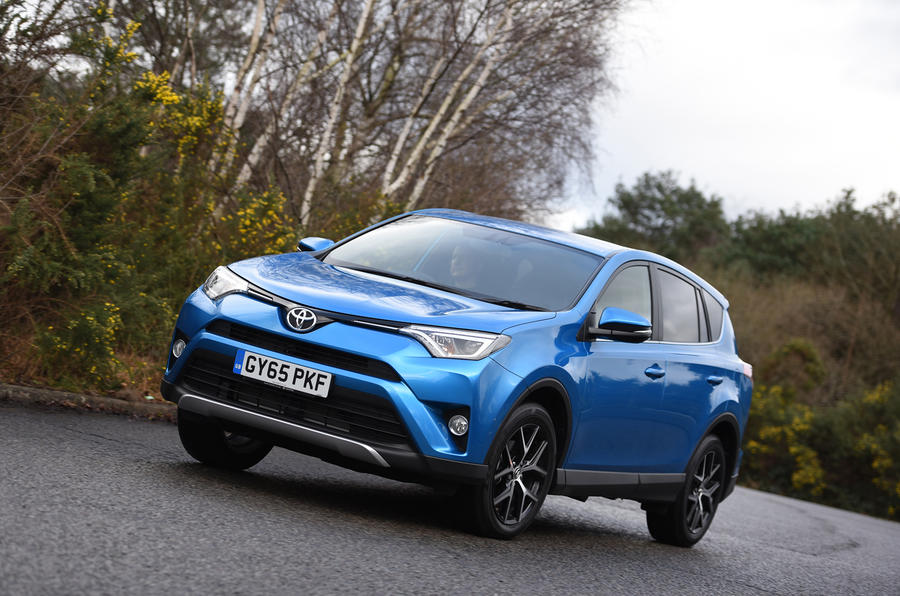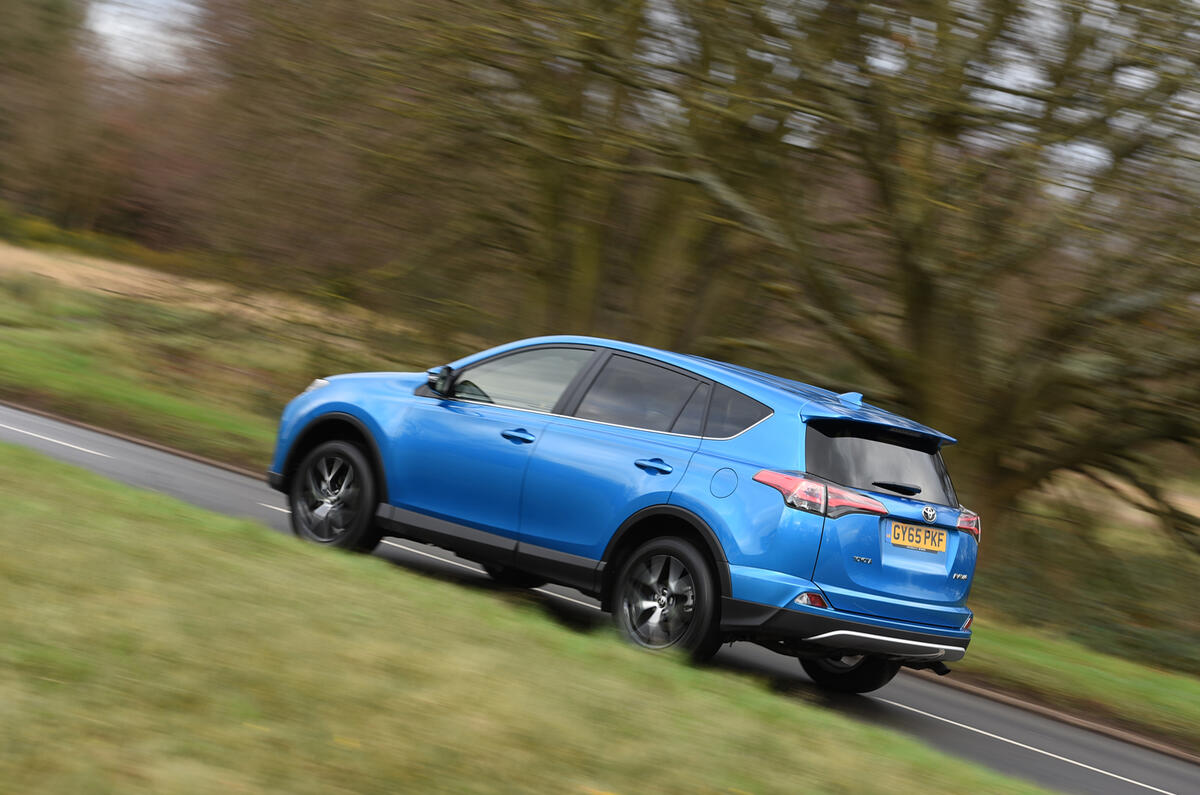What is it?
This is the latest version of the Toyota RAV4, a car that helped to start the whole compact crossover genre. It was originally launched back in 1994 when the Japanese brand realised that many people fancied the idea of a rugged looking 4x4 but didn’t want the agricultural handling and high running costs they then came with.
The RAV4 cleverly offered the style and high driving position of an off-roader but with handling and economy that wasn’t too far off that which you’d expect from a family hatchback. It was a formula that worked, ensuring that the name is still around more than 20 years later.
Although the basic recipe has remained the same, certain ingredients have been altered over the years. Toyota realised that many people were more interested in economy than mud-plugging ability, and as such, four-wheel drive is not an option with the 2.0-litre diesel engine we’re testing here.
It should come as no surprise to hear that the reduction of running costs is a focus of the 2016 facelift. A hybrid version is soon to be available, while the new oil-burner we're driving here replaces both the old diesel of the same size and the bigger 2.2-litre lump.
Emissions of CO2 are now rated at 123g/km (on 17in wheels) and official economy is 60.1mpg; both figures are better than those of the older, less powerful 2.0-litre diesel. Furthermore, the interior and exterior have been refreshed.
What's it like?
Our previous experience of the diesel RAV4 wasn’t overly positive, but happily, the new D-4D engine helps make a better case for the car. It pulls cleanly from around 1500rpm, making relaxed progress easy, and if you rev it harder it will accelerate onto a motorway slip road without too much fuss. Toyota claims 0-62mph in 9.6sec, which isn’t exactly going to get pulses racing but is more than enough for a family SUV.
If you do decide to access all the performance, the engine gets pretty vocal as you approach and pass 3000rpm. You’ll also find there’s a noticeable amount of wind and road noise as your speed increases, although not enough to turn conversations with passengers into a shouting match.
At lower speeds the RAV4 can feel firm in the way it deals with bumps and other road imperfections, although it’s never unbearable. As the speed increases, the ride smoothes out and becomes comfortable to the point where it’s no chore at all to rack up the miles.
Thanks to those stiff springs there’s minimal body roll in bends, which is especially impressive considering how tall the car is. Precise steering helps it feel keen to turn in, too, although there’s little feedback on offer through the rim. But while surprisingly capable in the turns, you’d never call the RAV4 fun; a Mazda CX-5 is still better.
Inside, Toyota claims to have improved the ‘sensory quality’ of the interior, although there’s still plenty of unyielding black plastic dotted around. Even so, the bits you touch mostly are soft-touch, while there’s metal-effect trim and (on our test car at least) faux leather to lift the dashboard a little. It may not be the plushest cabin around but it’s certainly well put together.
All models come with a 7.0in touchscreen infotainment system that's easy enough to navigate. There’s little to no delay when moving between screens, but it’s not the most attractive system and some of the icons are too small to hit accurately while driving. You also get a 4.2in colour screen between the dials that provides a variety of additional info.



























Join the debate
Add your comment
Average thrills
Lost its way
Not good enough